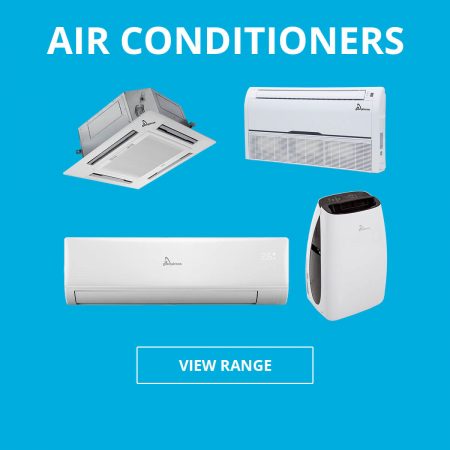One of the essentials of camping on hot summer days is a tent with proper cooling to make the experience as pleasurable as possible. Of all the different ways to get air circulation inside the tent, nothing can guarantee a better sleep and living conditions in an otherwise hot stuffy tent than a portable air conditioner. But do portable air conditioners work in a tent? Here are some details worth noting about the popular cooling appliances among camping enthusiasts.
Cooling a Tent – How Much is Enough?
Let’s start by saying that most models are electricity-powered. Nevertheless, you may also find many battery-operated appliances on the current market to help you cool that tent down.
That being said, you will probably need a generator to keep the portable AC unit running (unless your model is battery-powered). You can skip this part if your campsite provides some sort of electric power supply. In any case, portable AC units can cool rooms between 50 square feet and 250 square feet. With a 5000 BTU rating, for example, you can cool a 150 square feet tent just fine. However, it’s advised not to go with any lesser BTU rating even if your tent is smaller than 150 square feet – you will most likely not get enough cool to last through the entire night.
When it comes to the performance of a portable air conditioner, it varies among units. Some are designed to keep the tent temps as low as 35F for about an hour, while others provide you with a nice cooling sensation for as long as 10 hours. For electricity-powered models, the average wattage ranges between 600-1250 watts (after starting up), which means they spend between 6-12.5 kilowatt-hour of electricity per hour. As for the required watts to run a battery-operated AC unit, take into account that these usually run on 12-volt batteries and consume 40W or higher per hour (the batteries can last for up to 10 hours).
What to Look For in a Portable Tent Air Conditioner
Admittedly, you’re spoilt for choice when considering AC units that are available for tents. You may choose from ice chest blowers to evaporative coolers and a lot more options in between. At campsites, however, it’s best to watch how the climate changes post-midnight as well as other features before you pick the portable AC unit for your tent. For instance, consider the following:
- Power. The selected unit must not consume too much power, otherwise you will run out of power shortly after you set up that tent. The good news is that all new portable AC models feature better SEER (Seasonal Energy Efficiency Ratio), which allows them to last for a longer time. At the same time, it needs to be powerful enough to ensure that you get the desired cooling effect through the night.
- Size. You don’t need just another bulky item on the list of your camping essentials. So your portable AC unit must occupy the smallest space possible and should not be too heavy to carry around. The most common sizes of portable air conditioners for a family tent of a decent size are 6000 and 8000 BTU, but anything above 5000 BTU will do.
- Air exhaust type. Typically, room air conditioners are easy to set up as they do not require you to rig them to exhaust air via the tent window. However, window AC units usually have superior cooling capacity.
- Affordability. The price plays a vital role when choosing a portable air conditioner for a tent. If the model you’re thinking of buying can perform as expected and is reasonably priced, then it probably is your best option.
Given the many additional functions that usually come with newer portable AC units, it’s only a matter of time before you find the ideal model for your next camping trip!
